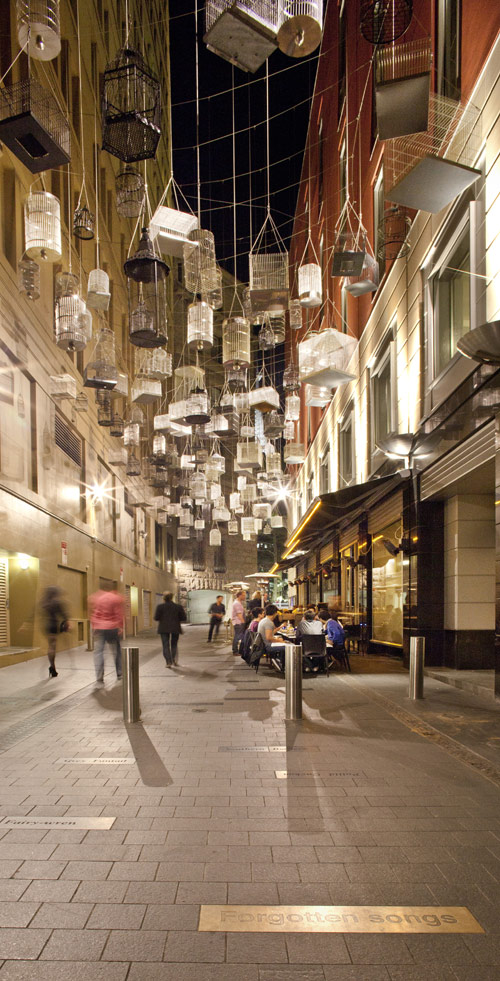The AdA's Members
The Australian Design Alliance is an alliance of key professional member based associations representing designers. Enquiries about membership should be directed by email to ADA Executive Director, Jo Kellock.
The Australian Design Alliance is an alliance of key professional member based associations representing designers. Enquiries about membership should be directed by email to ADA Executive Director, Jo Kellock.
The network of Australian Craft and Design Centres (ACDC) is a group of peak organisations from all states and territories in Australia that represent the professional craft and design sector. The organisations engage with the sector at a local, national and international level and offer services and programs that support sustainable practice.

The Council of Textile and Fashion Industries of Australia (TFIA) is an independent not for profit association that represents the interests of Australia’s textile, clothing and footwear (TCF) industry to governments, the Australian public and the global marketplace.
Its members are drawn from across the TCF supply chain: from design to manufacturing to retail; and from emerging start-ups to large established corporations.
The TFIA’s vision is to provide support, representation and membership services to assist excellence and innovation in the local and international fashion and textile markets.
Activities include:
The TFIA also oversees the Australian Fashion Council (AFC) which takes a leadership role, assisting the national fashion industry in building productivity, global brand positioning and consumer confidence.
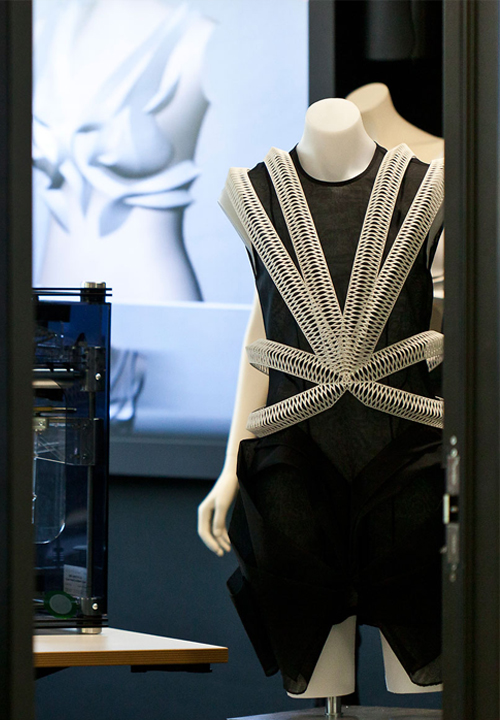
Australian Graphic Design Association Limited is the peak national organisation representing the Australian graphic design industry.
With more than 2,600 members distributed throughout the creative, visual communications, applied design and technology sectors, it is dedicated to advancing the profession through an interrelated program of state, national and international activities in education, advocacy and professional development.
AGDA is a lead member of the International Council of Graphic Design Organisations, forming a global network of 187 member associations in 56 countries and consultative status with UNESCO, UNIDO, ISO and WIPO.
AGDA was founded in June 1988 by a small, dedicated group of Melbourne-based designers. Fifty designers from across Australia marched into history when they joined together on stage at the Mildura Conference to symbolise their solidarity and commitment to its formation.

The Australian Institute of Architects is the peak body for the architectural profession in Australia, representing 12,000 members. The Institute works to improve our built environment by promoting quality, responsible, sustainable design. Through its members, the Institute plays a major role in shaping Australia’s future.
The Institute exists to advance the interests of members, their professional standards and contemporary practice, and to expand and advocate the value of architects and architecture to the sustainable growth of our community, economy and culture.
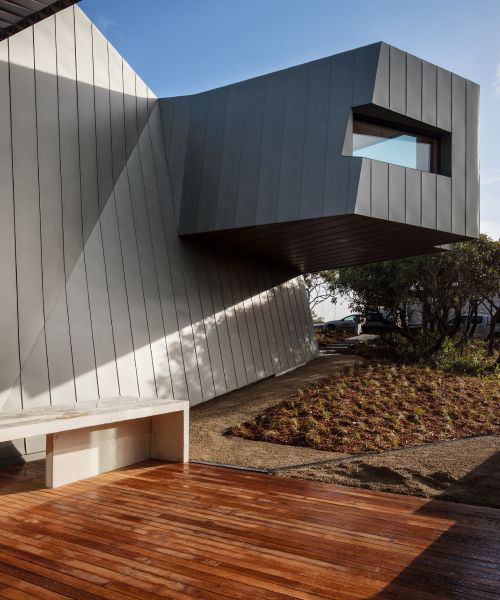
Australian Institute of Landscape Architects (AILA) is the peak body representing more than 1,500 landscape architects across Australia. AILA’s mission is to provide leadership in the creation and stewardship of sustainable places. This flows from the premise that all places are underpinned by natural systems and cultural values that are finite resources. In creating living places, landscape architects are focused on connection, sustainability and liveability of green spaces and public places. To fulfill their leadership role, landscape architects are not only creative in planning and design but also effective in influencing policy and public expectation.
Visit the Australian Institute of Landscape Architects' website

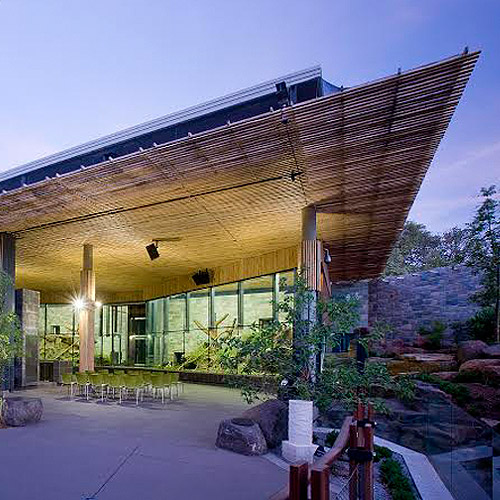
For over 25 years, the Australian Network for Art & Technology (ANAT) has been a catalyst for artistic experimentation and inter-disciplinary innovation across the arts, science and technology sectors.
ANAT champions excellence by supporting professional artists and by fostering a culture of creative risk-taking. It secures the necessary resources to enable artists to pursue creative research and to realise groundbreaking artworks, and advocates for and communicates the importance of creative experimentation and expression within the arts and, increasingly, broader culture and society.
Visit the Australian Network for Art and Technology's website


Established in 2009, the Australian Production Design Guild encourages recognition, education and community within the Australian stage, screen and interactive design industries. Its charter encompasses design for all screens, be they: film, tv, computer, touch or device and for all stages, be they: traditional theatre, sporting spectaculars, urban events or parades. The creative artists working in these fields include: production designers, costume designers, lighting designers, art directors, set decorators, animators, make-up artists, visual effects designers and stage and screen craft persons. The guild holds an annual gala APDG Awards event and manages the a.p.d.g accreditation of its members.
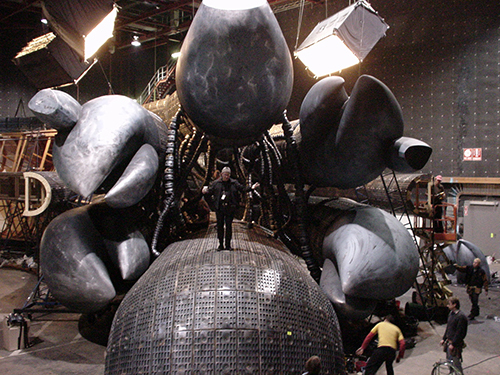
Building Designers Association of Australia (BDAA) consists of a dedicated group of professionals who design and prepare documentation for all aspects of building work.
BDAA is the peak body for Building Designers in Australia.
Members are bound by a Code of Ethics and encouraged to operate at the highest professional level at all times. The Association encourages design excellence from its members and promotes the benefits of good building design to the public.
BDAA is active in the development of education and training standards relevant to the building design profession and is recognised by governments and educational institutions as the leading professional body for building designers. The association provides structured Continuing Professional Development and education programs which include conferences, seminars, information branch meeting nights, design briefings and workshops which feature industry guest speakers.

Established in 2004, the Council for the Humanities, Arts and Social Sciences (CHASS) promotes and provides advocacy services for the Humanities, Arts and Social Sciences (HASS) and serves as a co-ordinating forum for teachers, academics, researchers, professionals and practitioners.
Supporting more than 80 member organisations in their relationships with policy makers and the broader community, CHASS is an important network for knowledge and skills. Providing a strong voice to the HASS sector, CHASS helps members to contribute to public debate through programs for knowledge exchange and media awareness.
Drawing on the research and expertise of member organisations, CHASS makes policy submissions and recommendations to key inquiries and policy reviews. CHASS has also published papers on policy issues. In partnership with key member organisations, CHASS is actively involved in discussions and consultations on changes to research policy affecting the HASS sector.
Through its workshops, events (including the annual CHASS National Forum) and its newsletters and publications, CHASS works to boost the profile of its members’ research, exhibitions, events and collections. For the first time in 2014, CHASS will award yearly ‘Australia Prizes’ for achievements in HASS areas.
Visit the Council for the Humanities, Arts and Social Sciences' website


The Design Institute of Australia (DIA) is Australia’s professional membership body for designers and design businesses.
Membership in the DIA indicates the status of a designer as a qualified, experienced, ethical practicing professional. Membership in the DIA provides members with support, networking, services and information to improve their professional practice. It provides a wealth of contacts, and connections with colleagues from many industry areas.
Since its formation in 1947 the DIA has been actively improving the community recognition and status of professional designers. It’s a professional body for designers, founded by the design professions, and run and funded by designers. The DIA promotes the value of professional design and designers to industry, business, government and the community through its National Council and State Branches.
The DIA champions the importance of design in building the commercial and cultural wealth of Australia.
On behalf of its members the DIA is a member of the major international design organisations. It provides designers with a valuable networking base on state, national and international levels.

Engineers Australia is the peak representative body for the engineering profession in Australia. With over 110,000 members across Australia, we represent all disciplines and branches of engineering. Engineers Australia is constituted by Royal Charter to advance the science and practice of engineering for the benefit of the community and Engineers Australia maintains representation in every state and territory of Australia.

Good Design Australia is an international design promotion organisation responsible for managing the annual Australian Good Design Awards (formerly Australian International Design Awards) as well as a number of leading industry award programs including the Victorian Premier’s Design Awards, the Hills Young Australian Design Awards and the Australian Social Innovation Awards.
With a proud heritage dating back to the Industrial Design Council of Australia (IDCA) established in 1958, the Australian Good Design Awards is recognised by the International Council of Societies of Industrial Design (ICSID) as Australia’s peak design endorsement program.
The Good Design Awards is Australia’s longest standing national design award and promotion program, and one of the few forums for professional Industrial Designers and manufacturers to showcase their design expertise to national and international audiences. As a result of more than 50 years of design benchmarking, the program has focused on progressively raising the standard of design and innovation in Australia.

The National Association for the Visual Arts (NAVA) is the national peak body for the visual and media arts, craft and design sector working through advocacy and service provision, to achieve a strong Australian visual arts sector and a more vibrant, distinctive and ethical cultural environment.
Since its establishment in 1983, NAVA has been extremely successful in bringing about policy and legislative change to encourage the growth and development of the sector and to increase professionalism within the industry. NAVA undertakes advocacy, research, policy and project development, data collection and analysis. It acts as the sector representative to key decision makers in matters of policy and communication. It also sets and monitors adherence to art industry best practice standards.
NAVA has a commitment to opening opportunities for artists and building their capacity through providing direct services to its members and the sector generally. It offers expert advice, referrals, resources, professional development training and events, grant programs, dispute resolution and a range of other brokerage and career development services.
NAVA is a not-for-profit company limited by guarantee with a paid membership varying from 2,500 – 3,000 and a user base of around 50,000. NAVA estimates that there are around 25,000 professional practicing artists in Australia of whom 6.000 are Indigenous.
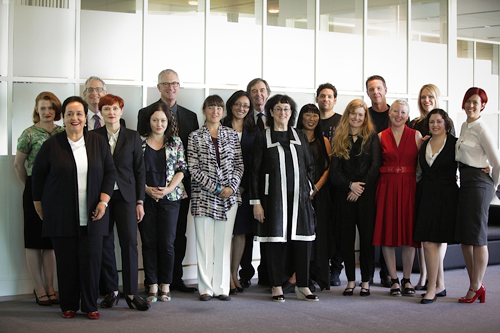
The Planning Institute of Australia (PIA) is the peak body representing the Australian planning profession. Through education, communication and professional development, PIA is the pivotal organisation serving and guiding thousands of planning professionals in their role to create better communities.
Planning is about the management of growth and change in order to achieve liveable spaces and places that are socially, economically and environmentally sustainable. Planners are multi-disciplinary professionals who facilitate decision making and make a positive difference to our communities.
PIA represents approximately 5,000 members nationally and internationally and is governed by a National Board and State Committees. Current growth, environmental and other challenges in Australia mean that PIA has never been more relevant. PIA gives planners from all levels of government and the private sector the opportunity to come together with one voice and is able to make a difference through the strength of PIA’s profile, reputation and influence.
